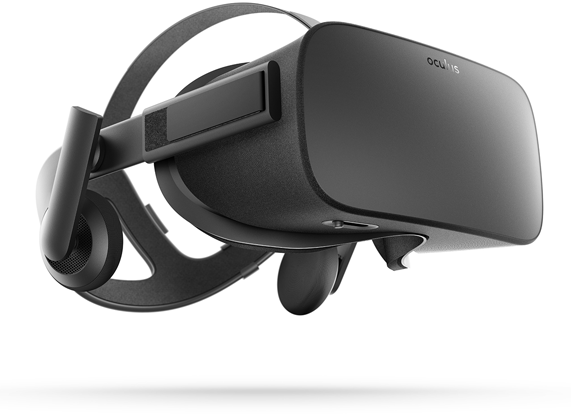
To cut out the right shapes, it's a matter of working out the focal length of your lenses and the width of the glasses frames that you're using to house them in. You can pick sheets of the stuff up from the likes of Hobbycraft or Amazon for around £7 for an A1 sheet.Įssential reading: Oculus Rift vs Project Morpheus Black foam board is a popular option for its comfort, its weight and its darkening effect. In fact, there are nicer, better looking and more face-friendly materials with which you can build your box. You don't have to use cardboard for the main structure of your VR headset.

The Sony Vaio P is one recommended choice. It's a more complicated build but it will give something that's both a little larger, at 8 or 9 inches, and also at a decent spec too. One option is to go and harvest a screen from an old high-end netbook or other such device. They might have better display tech but, if they're tablets or big mobiles, then there's the extra weight on your face to consider. Do also beware of going for larger screen sizes. Read this: Everything you need to know about HTC Viveįor something a little premium, though, you may want to think about the $99 Wearality lenses, which are designed specifically for VR and also come mounted on a set of frames and a place to slot a smartphone which saves you having to jam them into some old, ill-fitting spectacles or ski goggles measure out focal lengths.Ī smartphone is the obvious display to use but they can be a little heavy and won't necessarily offer the best experience depending upon resolution, field of view and refresh rate of the panel. You can pinch them from a pair of old binoculars if you want but better would be to source a set of 5x magnification aspheric lenses which work just fine if you're using a 5-6-inch display size. The quality of your vision is the soul of the VR experience and it will bug the hell out of you if you get lenses that aren't as clear or as accurate as they could be. Of the three, the lenses are the place to take you time and spend the money. The basic elements are the eye lenses, the box and the display and there are plenty of places to score the materials you might need. For roughly the same amount of money - but requiring considerable more skill - you can create the basic superstructure of your VR headset yourself. The cardboard designs are okay but they're not the most comfortable nor easy to wear that you'll find. Personally, though, we'd recommend the both highly amusing and very handy DIY VR hat-mount to go with it.
#Oculus vr headset how to#
Read this: VR game design problems and how to fix themĭodocase, on the other hand, will have everything in the box ready for you including the pre-cut cardboard - really rather good for $29.95.

Go with the former company's official package and you'll still have to source yourself some magnifying lenses, magnets, rubber bands and velcro. Whether it's Google's, Dodocase's or whosever you like, the cardboard VR headset is the most basic and definitely the simplest of all to put together.

Well, fill in the time with a little knowhow and some pointers in the right direction to making yourself a home-made virtual reality experience. Glue gun at the ready and the patience to wait until your eBay orders arrive? Good. Thankfully, there are plenty of options for getting yourself a VR headset at a fraction of the cost if you're willing to do a little DIY.
#Oculus vr headset full#
It's still a while to wait until Oculus Rift is available in full its consumer version and, in the mean time, $350 is a lot to spend on something that's not even market ready.


 0 kommentar(er)
0 kommentar(er)
